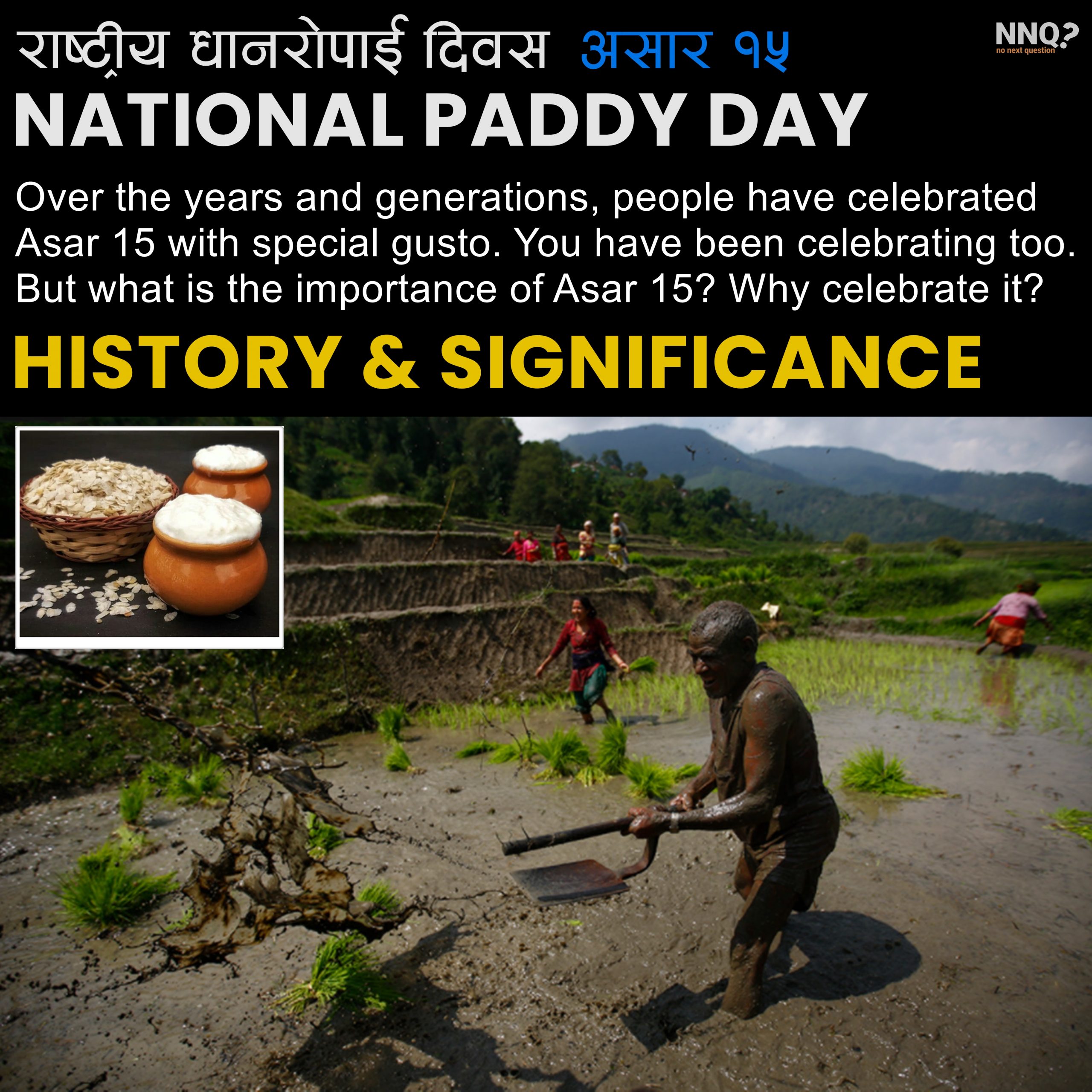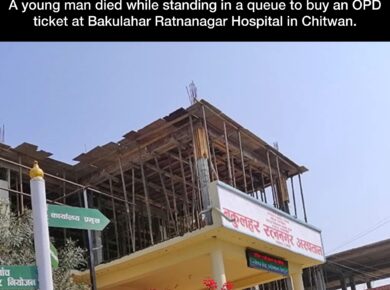15 Ashar – History and Significance
For centuries, when the first rainfall occurs, the farmers revel and get filled with the hope of the harvest. Thus, all the farmers cheer and celebrate the successful ‘Ropai’- plantation.15 Ashadh is “considered as the auspicious day to start rice planting for the year”. The date falls during the monsoon season, an optimal time for rice planting. On 14 December 2004, the Nepal Government officially declared Ashadh 15 as National Paddy Day. The celebration takes place under the theme of “Increase rice production for self-sufficiency and prosperity”. Many farmers living in the rural part of Nepal and where there is no proper irrigation system sow the seeds and plant saplings for the harvest.
What do you do in Asar 15?
Farmers begin ropai on this day and do it while singing and dancing. People gather and play in the muddy water and eat a special treat dahi chiura. It is a mixture of beaten rice and yoghurt. All the farmers after a hard long day on the plantation, eat dahi chiura and, some even have special local/homemade liquor called chhyang. Dahi chiura is the complimentary dish of this day for everyone. Dahi chiura carries a great nutritional value as it helps to regenerate tired and worn out farmers.
Importance of 15 Ashar.
Agriculture is still a major occupation of people in Nepal. Due to this, our economy still relies heavily on agriculture. Asar 15 is one of the most important monsoon festivals in Nepal. It is celebrated all over Nepal and many parties are thrown on this occasion. Nepal Government, in efforts to encourage farmers and celebrate the crop planting festival, announced this day as National Paddy Day on 14 December 2004. Now 15 Asar is celebrated as ‘Ropai din’ or ‘Dhan diwas’ or ‘Dahi-Chiura khane din’ all over the country.
The charm of 15 Ashar for the tourists.
This weird, muddy and fun festival has been able to attract many tourists down the year and due to the increasing number of tourist wanting to participate in this festival, various events are held every year. This event is all about playing and planting the rice in the mud and not to forget the part of dancing in ‘Asare geet’, a traditional folk song that delineates the joy and pain of the farmer.




